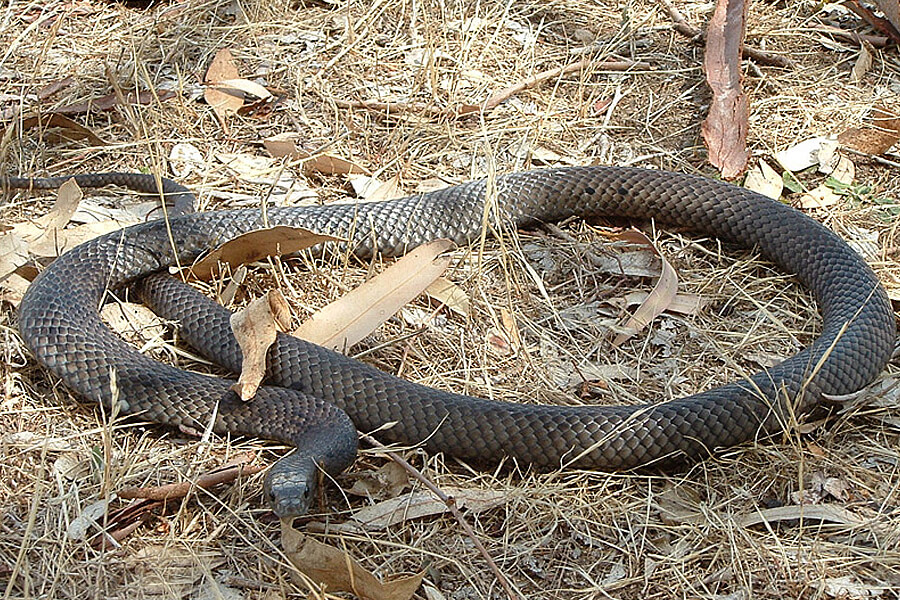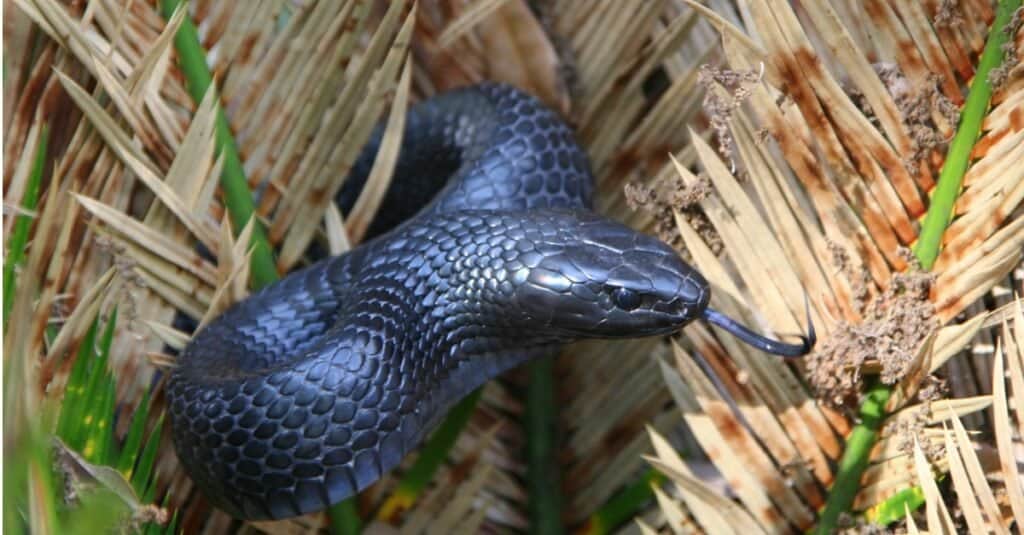Introduction
Australia is renowned for its rich biodiversity, specifically when it involves reptiles. Amongst these remarkable animals, the Eastern Tiger Snake ( Notechis scutatus) attracts attention because of its striking appearance and powerful venom. Found mainly in southeastern Australia, this species has actually fascinated both herpetologists and casual viewers alike. In this extensive guide, we will delve into the characteristics of the Eastern Tiger Snake, explore their environment, habits, and diet regimen, and share necessary safety pointers for anybody who might run into them.
As we go across via the subtleties of the Eastern Tiger Serpent's life, we'll also go over important subjects such as snake bite emergency treatment and prevention approaches. With snake bites being a serious issue in Australia, furnishing on your own with expertise can mean the difference between safety and threat. Bend up as we start this informing journey.
Exploring the Eastern Tiger Snake: Characteristics and Safety Tips
1. Overview of the Eastern Tiger Snake
The Eastern Tiger Serpent is a very poisonous serpent that belongs to the Elapidae family. Defined by its unique banding pattern that looks like a tiger's red stripes, this types showcases a series of shades from olive-green to black and even brownish hues.
1.1 Physical Characteristics
Tiger serpents are medium to large-sized snakes snake bite first aid kit australia that normally get to sizes of 1.2 to 2 meters (4 to 6.5 feet). Their robust bodies are complemented by a flattened head that makes them conveniently recognizable to name a few snakes.
1.2 Venom Composition
The poison of an Eastern Tiger Snake is primarily neurotoxic. This indicates it can influence the nervous system and bring about paralysis if left unattended. Fortunately, antivenom is available in Australia for those unfavorable sufficient to be bitten.
types of black snakes in Australia2. Environment of the Eastern Tiger Snake
Understanding where these serpents prosper can assist in staying clear of experiences and appreciating their duty in the ecosystem.
2.1 All-natural Habitat
Eastern Tiger Snakes like coastal regions, marsh locations, and grasslands. They are frequently located near freshwater sources like swamps and rivers.
2.2 Geographic Distribution
This varieties is predominantly situated in southeastern Australia, including parts of Tasmania where they are typically described as Tasmanian tiger snakes.
3. Habits Patterns
3.1 Diurnal vs Nocturnal Activity
While some tiger serpents might exhibit nighttime behavior during warmer months, they are mainly diurnal animals that hunt during daylight hours.
3.2 Protective Mechanisms
When threatened, tiger serpents might show hostile actions by curling back or hissing noisally before striking if prompted further.
4. Diet regimen of the Eastern Tiger Snake
Tiger snakes have a varied diet mostly containing small mammals, birds, amphibians, and other reptiles.
4.1 Hunting Techniques
They utilize ambush strategies paired with fast strikes to record unwary victim-- a remarkable feat provided their size!
5. Are Tiger Snakes Venomous? Recognizing Their Risk Level
Yes! The eastern tiger serpent is without a doubt venomous; however, not all attacks cause envenomation (the shot of venom). Awareness concerning their risk degree is crucial for anybody who frequents their habitat.
6. First Aid for Serpent Bites: A Critical Skillset
If somebody is attacked by a tiger serpent or any type of various other species:
- Remain tranquility; panic aggravates symptoms. Call emergency services immediately. Apply a stress plaster above the bite site.
Knowing just how to respond immediately can conserve lives!
7. Usual Misconceptions About Tiger Snakes Debunked
Misunderstandings concerning tiger snakes abound-- let's address some typical myths:
- Myth: All snakes are aggressive. Fact: Several snake species like avoidance over confrontation. Myth: A dry bite means no danger. Fact: Always look for medical focus despite symptoms!
8. Safety And Security Safety Measures When Coming Across Snakes
Awareness is your best defense against unwanted experiences with tiger serpents:
- Stay vigilant while hiking or walking through understood habitats. Avoid high turf where exposure might be limited. Wear suitable footwear when exploring natural areas.
9. What To Do If You Experience an Eastern Tiger Snake?
Stay calm! Slowly pull back without making unexpected motions-- it's critical not to prompt the animal further.
10. Infant Tiger Snakes: The Young Ones' Journey
Juvenile tigers usually exhibit various coloration than adults however preserve comparable patterns that use camouflage against predators and ecological threats.
10.1 Developmental Stages
These infant snakes arise after regarding 2 months' gestation from eggs laid by females-- an interesting change into independence!
11. The Duty of Preservation in Protecting Snake Species
With metropolitan development encroaching upon all-natural habitats, preservation efforts are essential for preserving healthy populations of eastern tiger snakes-- and all wildlife!
Frequently Asked Questions
FAQ 1: Are all tiger snakes deadly?
While eastern tiger snakes have potent poison capable of creating severe damage or death if unattended, not every experience causes a bite or envenomation.

FAQ 2: How can I identify an eastern tiger snake?
Look for special stripe patterns combined with pigmentation varying from olive-green to black; they also have level heads characteristic of elapids!

FAQ 3: What should I include in my serpent bite emergency treatment kit?
Essential products include stress bandages, sterilized gauze pads for wound care, antiseptic wipes/solutions like alcohol swabs together with emergency situation call numbers!
FAQ 4: Exactly how commonly do tiger snakes breed?
Typically breeding occurs throughout spring when temperatures rise-- females might lay in between 20-30 eggs per clutch depending on environmental conditions!
FAQ 5: What makes Tasmania's tiger snake unique?
Tasmanian tigers have a tendency towards larger dimensions compared to mainland counterparts; their color variants vary widely throughout different geographical locations too!
FAQ 6: Can you safely relocate a snake discovered on your property?
It's advisable not to attempt self-relocation as incorrect handling may provoke them-- get in touch with local wildlife authorities rather for assistance!
Conclusion
In summary, checking out the eastern tiger Discover more here serpent exposes much about one of Australia's a lot of fascinating reptiles-- from its striking physical attributes down to its necessary role within communities along with widespread safety factors to consider relating to prospective encounters with people! Recognition concerning this varieties promotes regard while making certain safe experiences need to one cross paths with these stunning creatures out in nature-- since knowledge truly encourages us all!